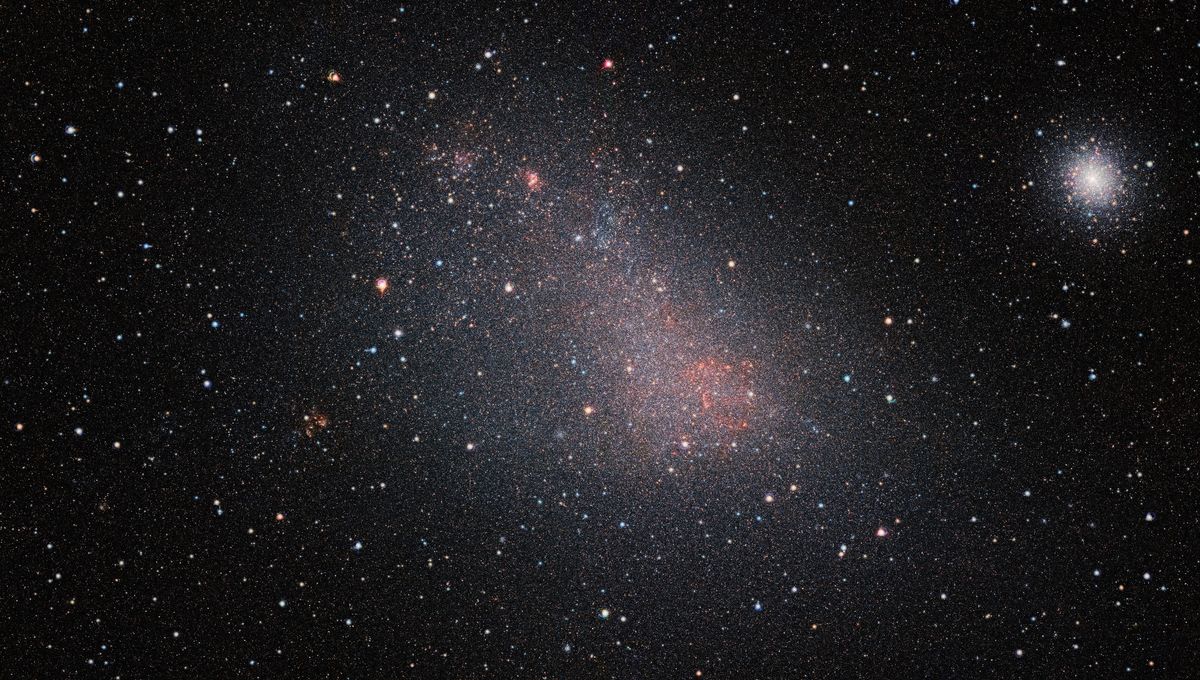
In the southern hemisphere, looking up to the night sky, you can see two nearby galaxies. The two fuzzy splotches of light have been called, by Western scientists, the Large and Small Magellanic Cloud. But what you are not seeing is that the Small Magellanic Cloud (SMC) looks like it is made of two smaller galaxies, new observations argue.
So, how it is possible that a cosmic object that has been seen by humans for tens of thousands of years could turn out to be two things? Well, the two distinct structures are actually superimposed on the line of sight. One part is 199,000 light-years away and the other is 215,000 light-years. About 16,000 light-years or 5 kiloparsecs apart.
The new work is actually based on some considerations from the 80s that suggested the SMC to be two objects, but only thanks to the most cutting-edge observatories, have researchers been able to establish this as a fact.
Using the European Space Agency’s Gaia observatory, the team was able to estimate the velocity of many stars in the SMC. They also used the Galactic Australian Square Kilometer Array Pathfinder survey to study the motion of the Interstellar Medium (ISM) in these galaxies, as well as the APOGEE survey. The team also estimated the chemical composition of these two structures. They are chemically distinct, another crucial piece of evidence that they are two different small galaxies.
Researchers found that the two systems have different velocities and that the faster stars are in the front galaxy. They know this because their light has less extinction: there is less gas between us and them. They can also estimate that the two components of the SMC have roughly the same mass. The SMC is interacting with the Large Magellanic Cloud, and both two components started interacting with their bigger companion 600 million years ago.
“We find evidence that the SMC is composed of two structures with distinct stellar and gaseous chemical compositions. We construct a simple model that successfully reproduces the observations and shows that the ISM of the SMC is arranged into two, superimposed, star-forming systems with similar gas mass separated by ∼ 5 kpc along the line of sight,” the authors, led by Dr Claire Murray from the Space Telescope Science Institute, wrote.
This year, astronomers have called the international community to rename the Magellanic Clouds given the colonial atrocities perpetrated by Magellan. The fact that the galaxies are now three and not two feels like the perfect opportunity to do this.
A paper discussing the results is accepted for publication in the Astrophysical Journal and is available at arXiv.
Source Link: Notorious Cosmic Object Is Actually Two Galaxies In A Trench Coat